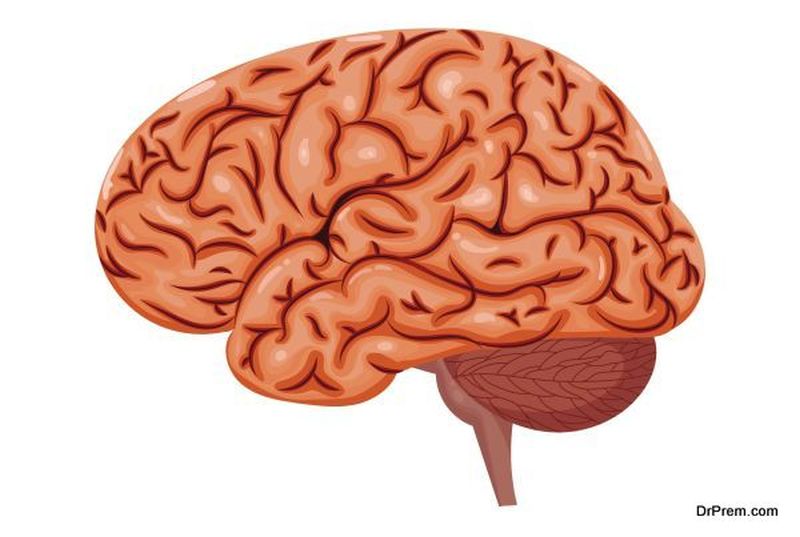It is their instinct that drive human beings (and possibly animals too) to clutch a part of their body that is inflicted by a painful injury. It is an instantaneous impulse that is processed in our nervous system, the control room of which lies in the grey matter encased within the cranium.
The brain receives signals from the site of injury occurrence, processes the information of laceration and instructs action that ultimately alleviates pain. The entire circuit is completed within seconds.
We often carry the notion that rubbing the injured part improves circulation which gets obstructed due to the sudden trauma but our brain also contributes a lot to ease out the pain.
Activating the pleasure nerve:
Researchers are of the view that gentle rubbing activates the pleasure nerves remaining embedded beneath the skin surface. The brain receives the comforting signals of rubbing or stroking of the painful area and send signals reducing the pain significantly.
Professor Francis Mc Glone, a Liverpool University neurologist brought it to light that the best result for pain reduction would be to stroke the affected part with a slow speed applying a little pressure to bring out the pleasurable response of the nerves.
Working with a team of researchers in Sweden, he even went a step further to devise a stroking machine that was ideally programmed for optimal strokes coming at around 2 inches per second across the skin and an application of pressure measured at a third of the weight of a five pence coin.
The machine used a camel hairbrush. When it stroked the painful areas of the volunteers at an optimal setting, the pleasure nerves got excited to the maximum level sending signals to the brain’s pleasure center. What an innovative idea to handle pain management back in those days!
Resetting the brain’s activity:
An interesting experiment carried out at the University of London was chronicled in the journal named” Current Biology Researchers”. A group of volunteers was asked to dip their ring and index fingers in warm water while at the same time immersing middle finger in cold water till the pain was felt. The intensity of the pain was measured.
The team was asked to withdraw fingers from water followed by rubbing. Dramatically the intensity of pain fell by more than 60 %. Pain intensity did not change for those who didn’t rub their fingers or put their cold and hot fingers in contact.
Another interesting finding is that the pain is reduced only when the affected person does the rubbing himself. The immediate clutching of the painful area helps in resetting the brain’s activity helping in providing a better picture of the affected location to the brain.
The psychological factor:
According to a 17th-century school of thought, the intensity of pain is linear with the volume of damaged tissue and that feel can be reduced by psychological factors. Though age-old, we cannot write off the involvement of psychological factors entirely.
Back in 1965, a groundbreaking theory known as the ‘Gate Theory’ put forward by Melzack and Walls explains the contribution of psychological elements to the sensation of pain as well as its relief by soothing touch.
It says pain signals are regulated at the Dorsal Horn of the spinal cord prior to their transmission to the brain. While you rub your body part suffering from pain, your brain receives pain signals as well as pleasure signals too when they occur at the same time.
These signals of pain and pleasure compete with each other in a bid to reach your brain faster. When a number of sensory signals from the injured part try to reach out for your brain, the grey matter picks up the palliative signals faster.
In other words, the ‘Gate’ shuts the painful sensations and allows pleasure stimulus to hit your brain and hence the reduction of pain in the affected area. In a nutshell, the calming sparks from gentle rubbing outraces the pain signal and tries to reach your brain faster.





